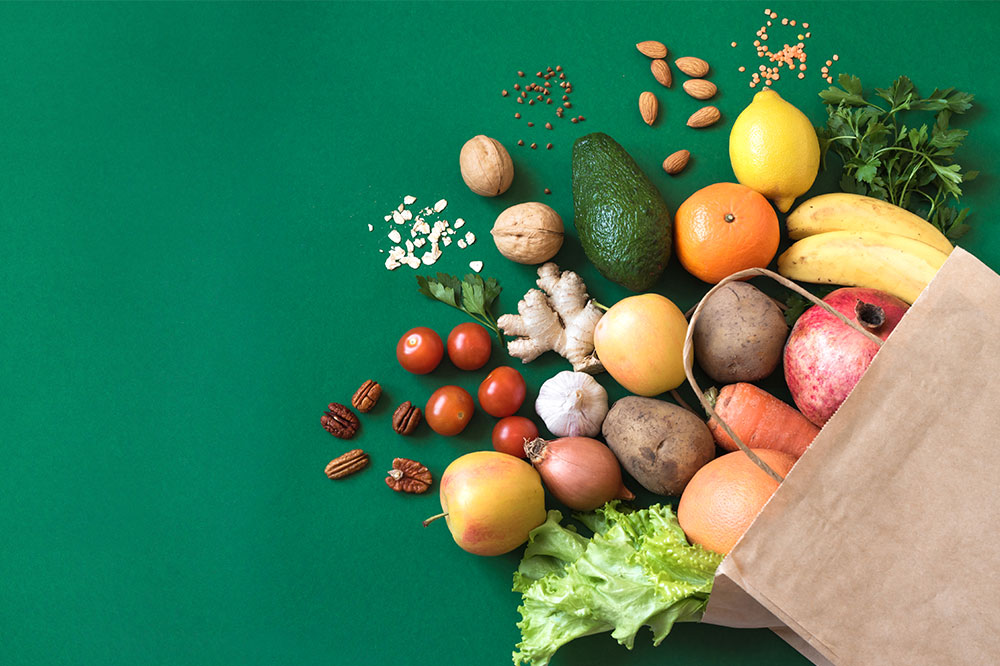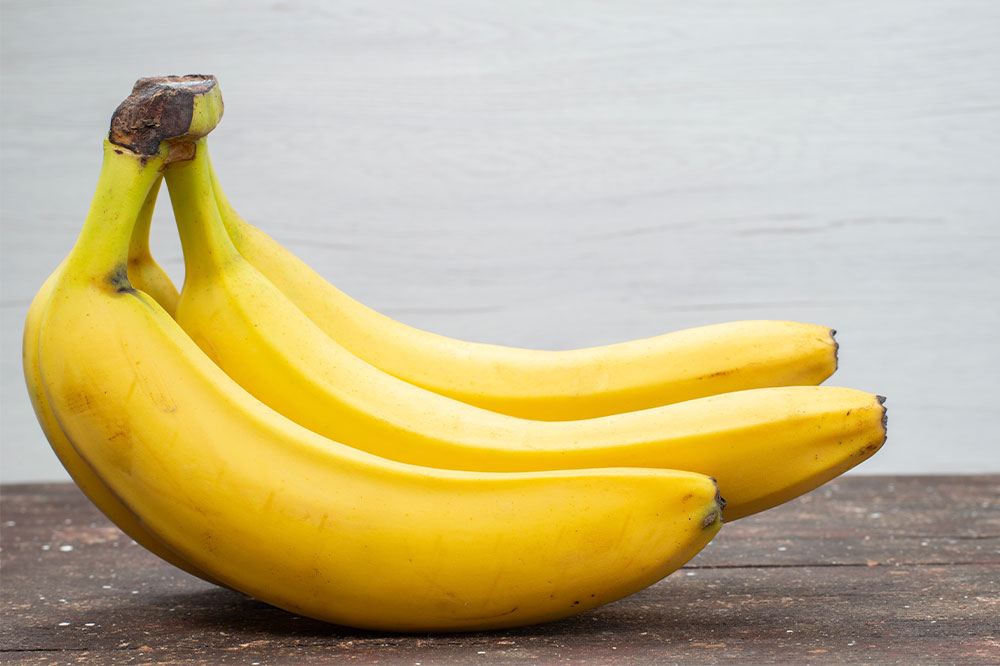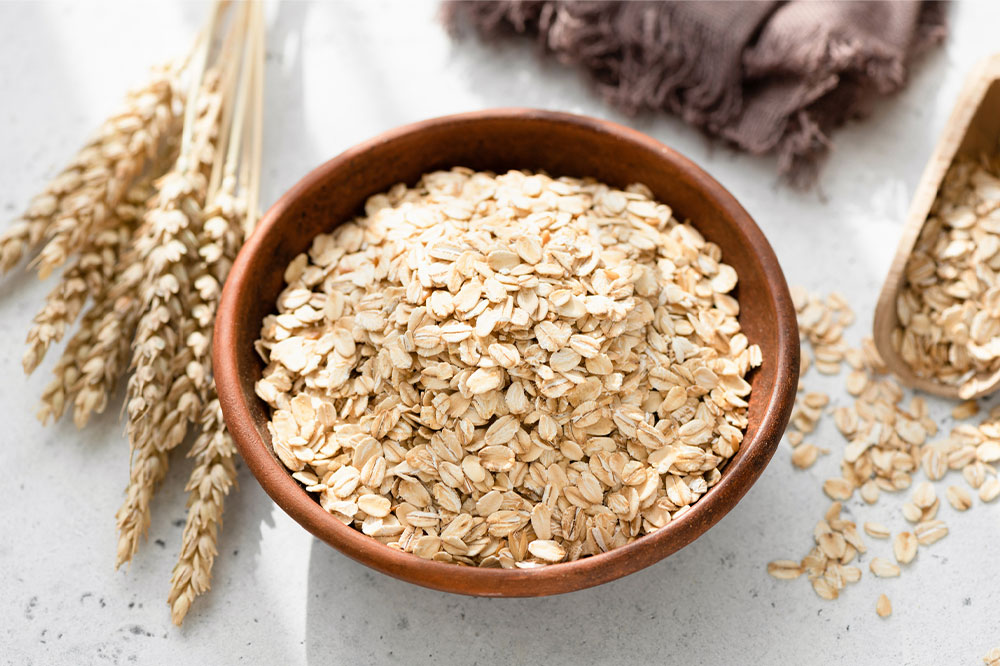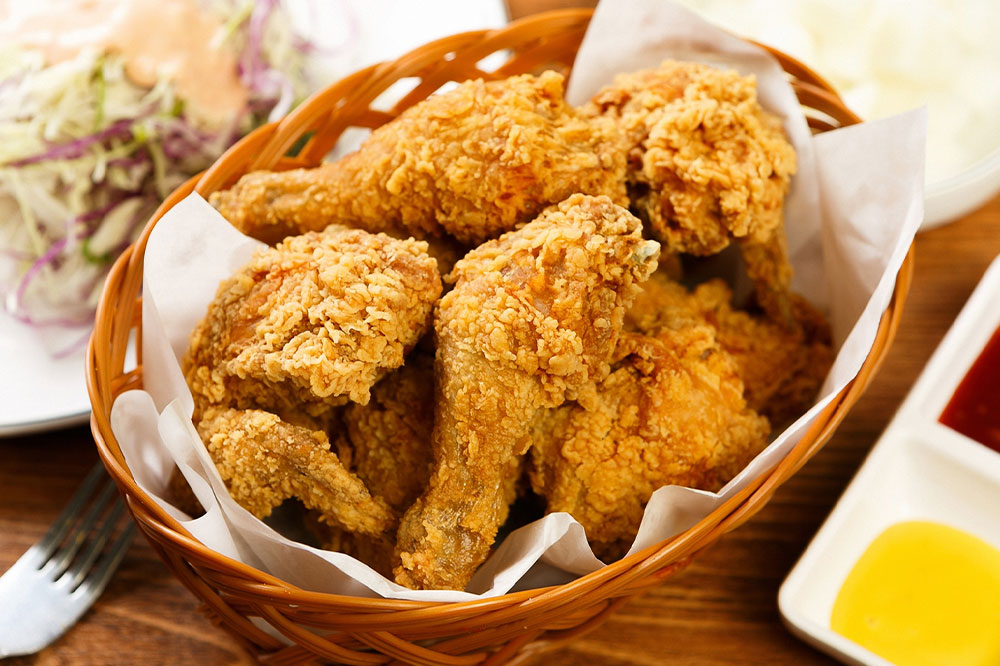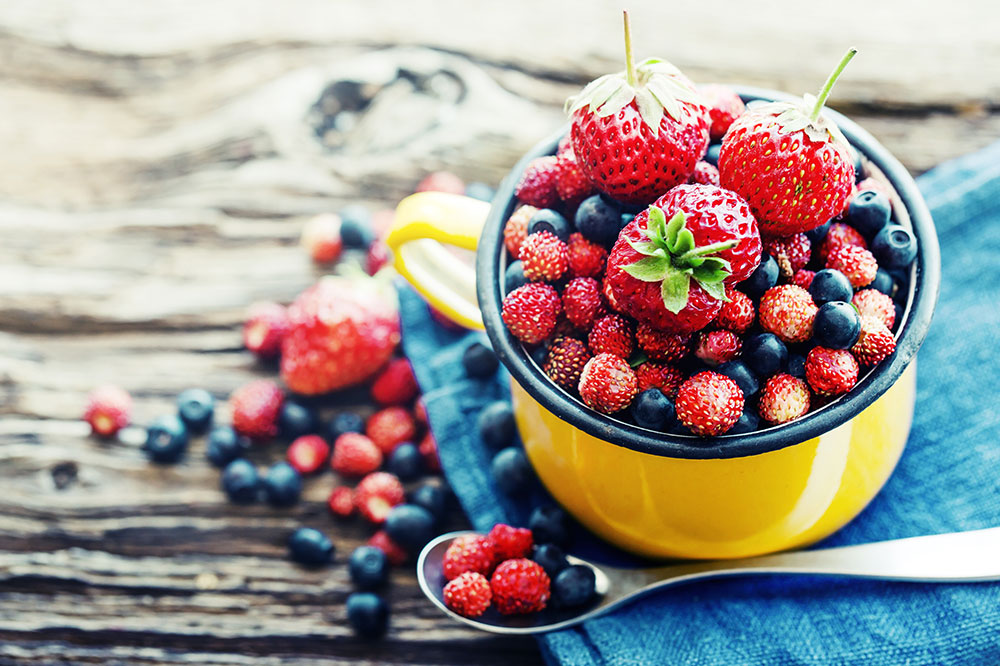
Foods to help manage ankylosing spondylitis
Ankylosing spondylitis is an inflammatory condition and type of arthritis that primarily affects the spine. Though no specific food has been found to cure the disease, studies suggest that eating anti-inflammatory foods can decrease inflammation, making living with the disease easier. Here is a list of the best anti-inflammatory foods for ankylosing spondylitis and a few medications, including RINVOQ®. But before that, you need to know the initial signs and symptoms of the disease. Early signs and symptoms Pain and stiffness in the lower back and hips, especially in the morning or after rest, are among the most common early signs of ankylosing spondylitis. Other signs and symptoms can include neck pain, fatigue, ligament and tendon pain, night sweats, mild fever, and appetite loss. Best foods for ankylosing spondylitis Load up on these foods to manage the disease. Omega-3-rich foods Omega-3s are healthy fats that can help fight inflammation, including those associated with ankylosing spondylitis. The best sources of omega-3s are salmon, sardines, tuna, walnuts, flax seeds, and chia seeds. Berries Berries, such as strawberries, raspberries, blueberries, and blackberries, are a storehouse of powerful antioxidants, especially anthocyanins. These compounds can lower inflammation and fight free radical damage in the body, potentially improving ankylosing spondylitis symptoms.
Read More 

